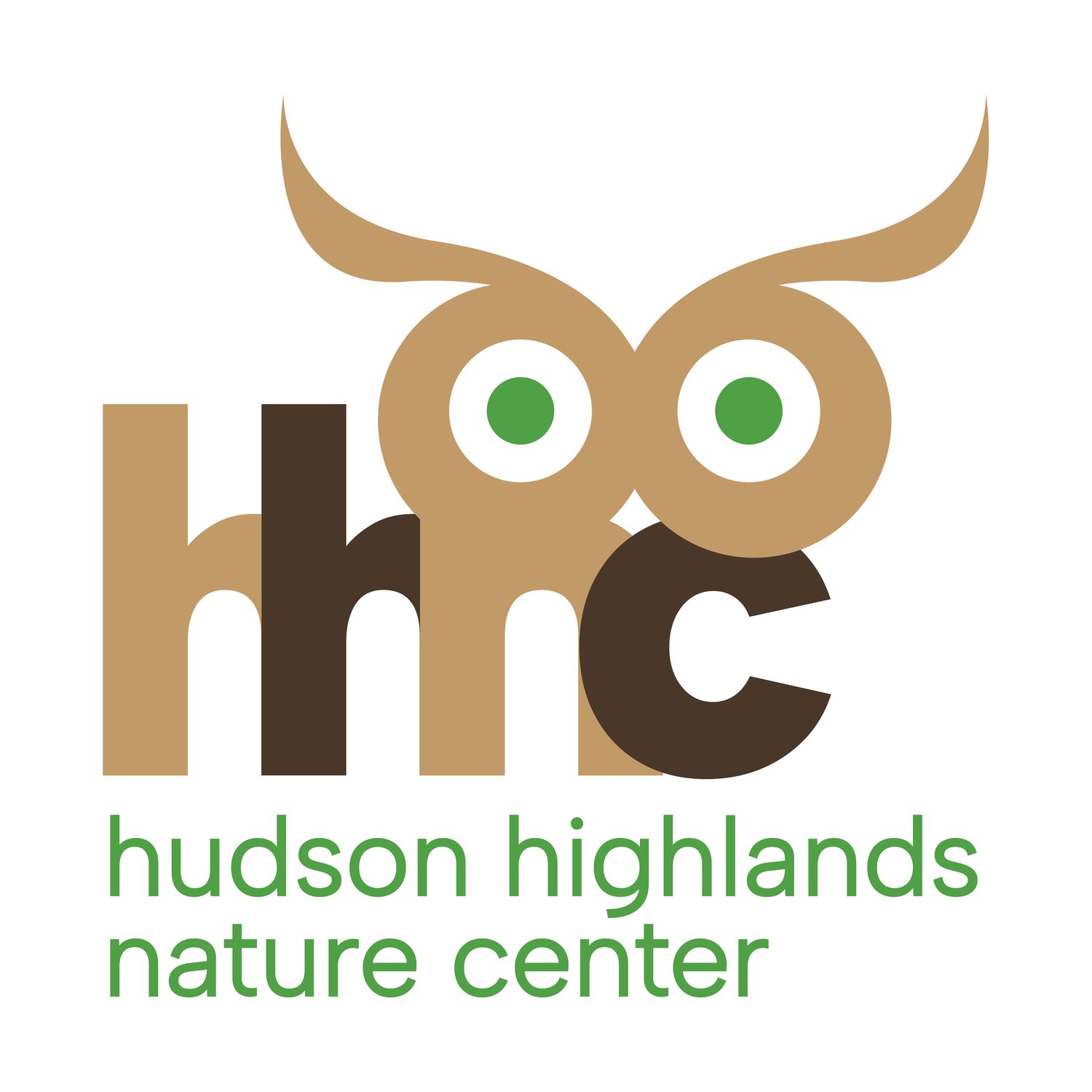Throughout the year, different science/nature themes will be studied allowing the students the opportunity to explore, discover, and create from the knowledge they gain.
Living/Nonliving- Students discover the characteristics of living things that can move, eat and grow. Through stories and observations the students compare living creatures, noting the similarities and differences. They gain a greater appreciation for living things and learn to respect and care for them.
Emotions- Students learn about facial expressions, body language, and ways they can express each of the many feelings they may experience in healthy ways. They practice the postures and sounds of different animals to explore how different species communicate their emotional state.
Dinosaurs- Students gain an understanding of these fascinating creatures through stories, crafts and games. They become familiar with the terms herbivore, carnivore and omnivore as they discover how each dinosaur ate, protected itself and cared for its young. Digging in our own dinosaur pit, the students uncover the bones of a prehistoric creature and use the knowledge they gain to identify the dinosaur.
Animal’s Adaptations to Winter/Polar Animals- Students discover which animals remain active during the winter and which hibernate. They follow tracks and observe scat to identify the animals that are active at the Outdoor Discovery Center during the winter. Students compare arctic animals to those from our area and note similarities and the differences that enable them to survive the cold temperatures of the polar regions.
Night and Day- Students learn about the powers of the sun as they experiment with melting and freezing. The students observe the night time sky to learn about the phases of the moon and the abundance of stars. The children learn to identify which animals are diurnal and which are nocturnal. They learn the special adaptations nocturnal animals have to help them maneuver in the dark.
Shadows/Light and Color- Students build on the knowledge they learned about the sun as they discover shadows and experiment with light. They learn to reflect light, block light, and even split light to reveal the colors of the rainbow. They create a living rainbow by searching for living things in each of the colors of the rainbow.
Weather/Water Cycle- Students explore the world of the meteorologist as they experiment with wind and water. They discover evaporation by experimenting with puddles and painting with water. They learn about wind speed and wind direction by blowing bubbles and flying kites.
Animal Habitats- Students discover the importance of shelter as they observe various creatures and their habitats. They build, create and explore bee hives, spider webs, holes in the ground, nests, and caves. Using natural materials they attempt to build their own animal homes and learn to appreciate these skillful builders.
Growing up/Animal Babies and their Parents- Students compare their own family life to that of the animal kingdom. They observe the transformation that take place as frog eggs turn to tadpoles and eventually into frogs. They witness the birth of goslings and ducklings in the wetlands and see the forests and fields of the Outdoor Discovery Center come to life in the spring.

